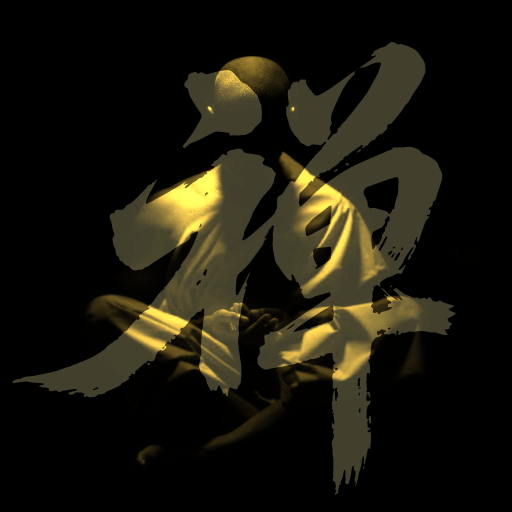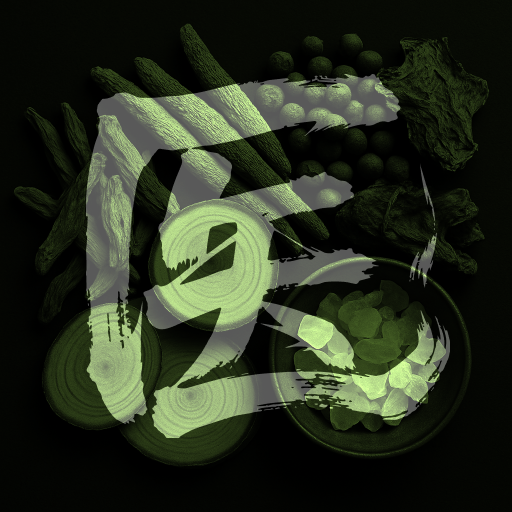Have you ever wondered how Shaolin has endured for 1,500 years?
—Not because it's mystical, but because it's profoundly practical.
Here you won't find fantastical "secret martial arts manuals"—only time-tested wisdom distilled by generations of monks:
- When troubled, they use Zen to calm the mind;
- When stiff, they use martial arts to energize the body;
- When ailing, they use medicine to restore balance;
- Even mundane routines are brightened by art.
At Shaolin, we cultivate: Zen, martial arts, medicine, and art—not as religious practice, but as "the art of living well." In our hectic world, these teachings help you reclaim control of your life.

Zen: Finding Stillness in a Fast-Paced World
Ever felt exhausted yet unable to quiet your mind? Shaolin meditation is like a "pause button" for your soul. You don’t need to sit cross-legged (though it helps)—simply walking, sipping tea, or even daydreaming can become mindful breathing practice. Feel the air enter slowly, then flow out gently. In an era dominated by phones and work, Zen whispers one truth: "Slow down to see clearly."
Think of it this way:Zen is your phone’s "airplane mode"—just 10 minutes daily to mute distractions and recharge.

Martial Arts: Mastering Your Body, Mastering Yourself
Forget Hollywood acrobatics—real Shaolin kung fu is about harmony between body and mind. Take "horse stance": while it builds leg strength, the true test is maintaining focus through discomfort. Executing a form demands precision in movement, steadiness in breath, and clarity in thought—much like nailing multitasking at work without errors.
As practitioners say:"A steady mind beats strong fists." When urgency strikes, those who breathe deeply before acting are the real masters.

Medicine: Ancient Wisdom for Modern Ailments
Headaches from sleepless nights? Back pain from sitting too long? Shaolin medicine takes a "Buddha-style" approach: "Don’t just pop pills—listen to your body." Press the "Tiger’s Mouth" acupoint to relieve headaches, tap meridians to boost circulation, or brew tangerine peel tea for digestion. These aren’t magic tricks—they teach you to cooperate with your body, not fight it.
Fun fact:Shaolin’s axiom—"Lengthen your tendons by an inch, add ten years to your life"—is now backed by science: stretching does combat aging.

Art: Where Movement Meets Meaning
Shaolin’s artistry externalizes Zen. A monk’s fluid strikes resemble dance; temple bells and drums echo reverence for time; even calligraphy follows the rhythm of "ink flows like fists, brushes retire like Zen." This art lives not on stages but in daily life—"Perfection lies in elevating the ordinary."
Try this:On your next walk, sync your steps to your breath. You might just discover your own "kung fu cadence."
Shaolin Culture
- Timeless Wisdom for Modern Living
Far from being archaic, it’s remarkably relevant:
- Stressed? Meditate to reset.
- Sluggish? Practice kung fu to revive.
- Aching? Try acupressure.
- Bored? Write calligraphy or listen to Zen music.
Ultimately,
Shaolin doesn’t teach you to "become invincible"—but to befriend yourself.

